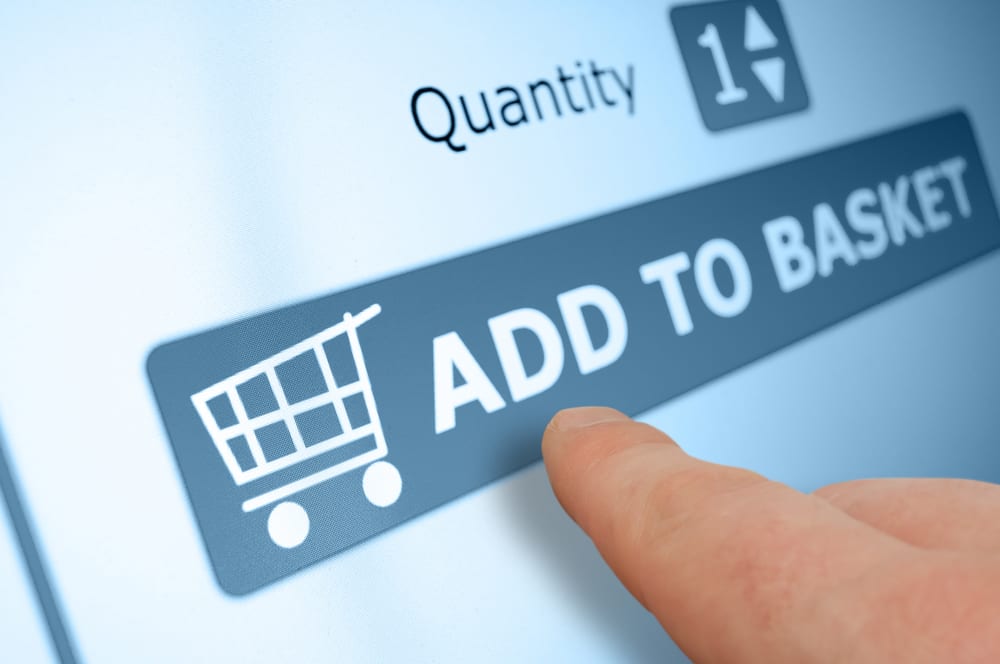Whether you’re a long-time retailer or a start-up, the rules of selling online are much the same. Everything you do is centered around three areas: – people, products and promotion. Or they are in my view, because by focusing on these you can bring your brand to life, engage your audience and improve on customer retention.
The idea of this post is to make you aware of some insights surrounding People, Products and Promotion that affect the purchasing decision and should help you align your product (or service) offering with your chosen audience.
# 1. People
When you have a physical store, your customers fall broadly into these categories:
- Customers who know you exist (and where).
- Customers who ‘stumble’ across your store.
- People who have seen/heard the shop advertised somewhere like a newspaper, LivingSocial or on the radio.
- Those who know someone who recommended you.
Related: Bringing A Traditional Butcher’s Shop Into The 21st Century In Meaty Style
For an online store, your customers fall broadly into these categories:
- Those who know the store domain name or copy it from a piece of advertising and type it in (direct customers).
- Those who search in a search engine and your website appears in the results as a match (search).
- Those who connect via a third party website like Facebook, a directory like City Local or an ad like Adwords or a banner, and click on a link to your site (referral).
The two are not alike in any way.
In a physical store your competitors have a store nearby. On the internet they can have an online store in Australia. Physical location is unimportant (although where they deliver to is!)
When you sell via an online store you are appealing to people who have an interest in what you are selling. Your role is very much dependent on finding the right people and targeting them. The best thing you can do is assess your chosen audience. Find out:
- who they are?
- where they are?
- how they search?
- and most importantly, who makes the final decision to purchase?
- What style appeals to them?
- What brand personality will you adopt and how will this be perceived?
# 2. Products
Men and women shop differently. Its true. Men like to know what they are buying, check the spec, price, etc and buy. Women like to browse and feel the items. For women, shopping is more of a sensory process. But how does this insight affect the products that you sell online?
With a physical store, you are limited by the space you have. This doesn’t apply to online stores as the actual item isn’t there. However, you will still need to make choices on the range of categories, the balance of brands you sell, if you are selling private brands and how deep the product line is. These decisions are important to you as a store owner, and all will impact on the numbers of items sold and the image that you portray.
- Will the brands be high street brands or unknowns?
- Will you only select brands that match your pricing and positioning strategy?
- How do these decisions impact on total sales?
The answers to these questions are all based on your target customers. It’s imperative that you know your customer and the % share of the marketplace that they represent. If you are producing a cash flow projection, then the sales figures will be based on the potential in the market and the numbers you expect to purchase your goods (this feeds into selling few at a higher price, or selling many at a lower price).
Related: Can A Brand Belief Help You To Be More Successful In Today’s Tough Environment?
# 3. Promotion
If you think that promotion is just a ploy by marketers to entice you to buy something you don’t need or a rushed job which features the channels and media you can access at a moments notice – then you are missing out on the rewards of promotion and the reasoning behind the actions.
Promotion is not a stand alone task – it’s an integration (many agree that Marketing is the ‘hub’ of a business). For example, if your pricing strategy is EDLP (every day low price) like Walmart or HILO (high-low) with a solid use of promos, coupons and offers – then your overall promotion strategy will be vastly different. In fact, private brands tend to avoid promotion altogether.
- Your promotion strategy should start with an objective such as; increase brand penetration and equity.
- This is usually a long-term objective and may involve PR, newspapers and TV adverts.
- If you are running a sale with a time limit, then your promotion strategy will utilise platforms and channels that are instant like Facebook, your website and email.
Again, consider brand image. If you are traditional or innovative, active or professional will affect not only the channels you use, but the way you use them.
Did you consider people, products and promotion in your online store or are you just scoping out the market ready to launch?
Did you like this article? Sign up for our RSS, like us on Facebook or follow us on Twitter
Image: “Online Shopping – Finger/Shutterstock“


